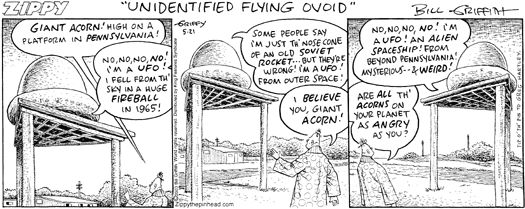- Joined
- Jul 19, 2004
- Messages
- 29,620
- Location
- Out of Bounds
It occurred to me that there are any number of threads dedicated to Fortean aspects of monuments (broadly defined ... ), but none focused on monuments which aren't 'Fortean' themselves but commemorate Fortean incidents or phenomena.
For example ...
There's the Mothman statue in Point Pleasant, West Virginia.

As a result, I'm starting this thread to consolidate references to such monuments (broadly defined).
For example ...
There's the Mothman statue in Point Pleasant, West Virginia.




